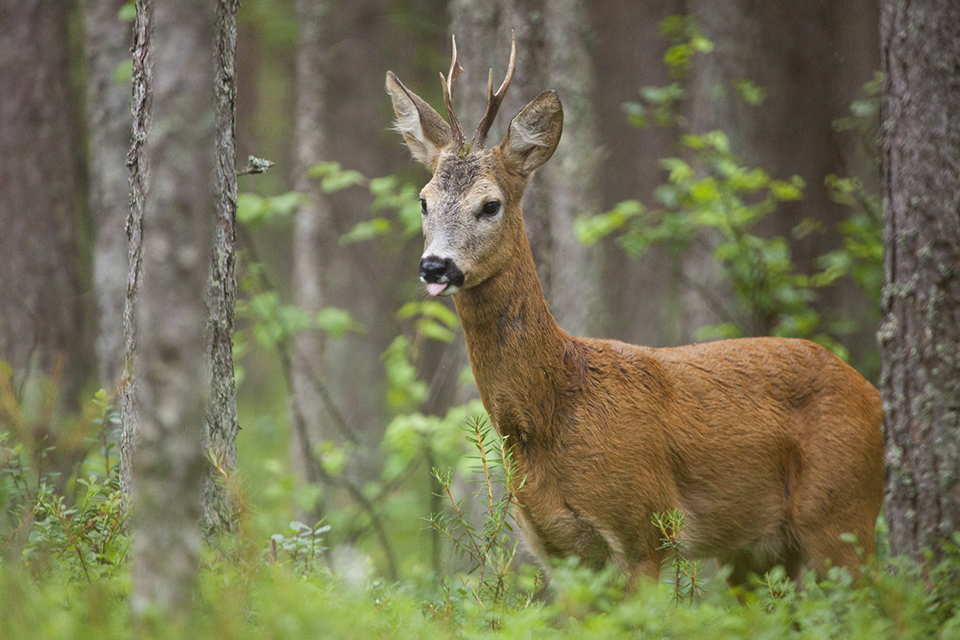

Master Thesis
The Cost of a Deer – Economic Impacts of Ungulate Browsing in Mixed-Species Forests
Ungulate browsing represents an important challenge for the economic and ecological sustainability of European forests. In Germany, high roe deer densities are inhibiting forest regeneration, altering tree species composition and reducing long-term timber yields. Annual browsing-related losses, including preventive fencing costs, amount to hundreds of millions of euros.
At the same time, hunting itself represents a significant economic activity, with over 1.3 million roe deer harvested annually and meat revenues of nearly 100 million euros. Despite this dual role of deer as both an economic resource and a source of ecological and economic damage, a comprehensive economic assessment of browsing impacts on forest management remains lacking.
This MSc thesis will quantify the economic trade-offs and welfare effects of ungulate browsing using an integrated ecological-economic modeling framework. Building on relationships between deer density and tree recruitment from ecological studies and field data, the student will extend a bioeconomic forest model (PPA model, Schorn et al. 2025) to incorporate browsing-induced regeneration losses. The analysis will explore how varying deer densities affect optimal forest management strategies. Shadow prices of browsing damages will be estimated to evaluate potential compensation mechanisms or policy interventions (e.g., taxes, subsidies, or minimum cull quotas). This research will contribute to a better understanding of optimal management of forest–wildlife systems.
Advisor: Dr. Nadja Rüger (nadja.rueger@uni-leipzig.de)
Schorn, M.E., M.F. Quaas, H. Schenk, C. Wirth, N. Rüger. 2025. Optimising profits from timber harvest and the biodiversity conservation value in a central European beech forest using a novel bioeconomic forestry model. Ecological Modelling 505: 111108. DOI: 10.1016/j.ecolmodel.2025.111108